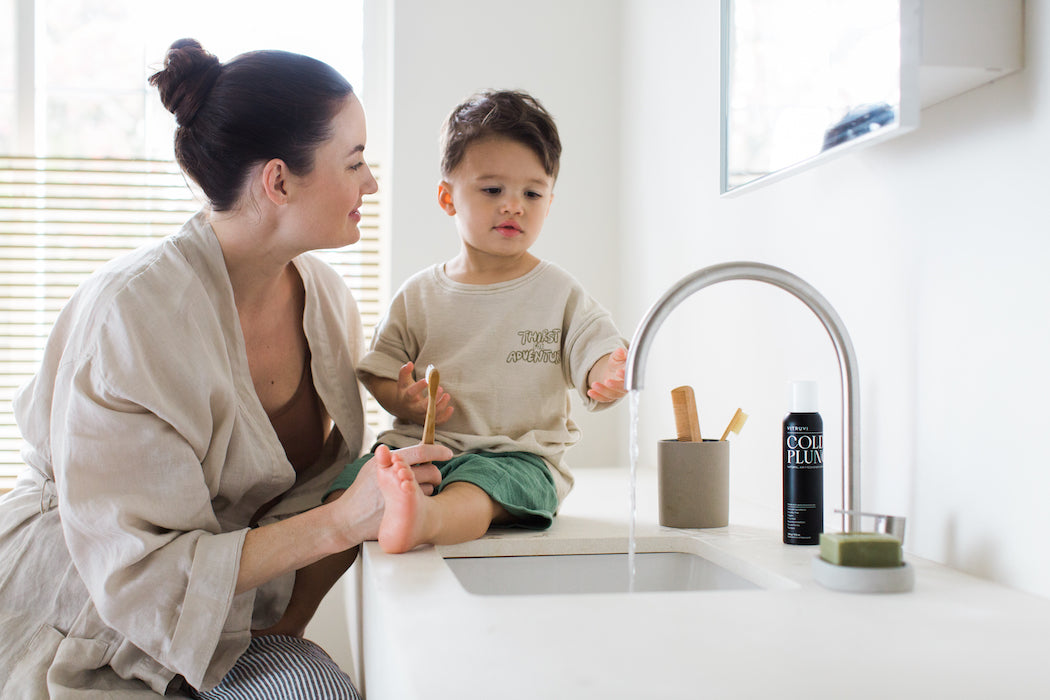
Air is quite literally all around us, but we don’t often stop to think about what’s in it.
Volatile organic compounds (VOCs) are chemical air pollutants; they can be found in both indoor and outdoor air.
What are VOCs?
VOCs are gasses; some emit a smell, but many are not detectable by humans. Common types of VOCs include:
- Formaldehyde
- Benzene
- Ethylene
- Xylene
- Ethanol
- Methylene chloride
Where do VOCs come from?
Common indoor VOC-producers include:
- Paint
- Varnishes
- Caulks
- Aerosols
- Pesticides
- Deodorants
- Dry-cleaned clothing
- Household cleaners
- Furniture
Common outdoor VOC-producers include:
- Gasoline
- Burning wood
- Diesel emissions
Health risks of VOCs
According to Health Canada, the risks of low-level exposure to VOCs in our homes are minimal. However, the health effects for those who are exposed to high levels of VOCs can include eye, nose, and throat irritation; headaches; nausea; kidney, liver, and nervous system damage; and, in extreme instances, cancer.
How to limit exposure to VOCs
If you’d like to decrease your chances of being exposed to VOCs, here are a few simple steps you can take:
- Ventilate your space frequently by opening windows or using an air purifier.
- Get a formaldehyde-measuring device to check your home’s levels.
- Keep windows open when you are painting, caulking, cleaning, or using other products that are known to have VOCs.
- Read labels for your personal care products and choose options without known VOCs in them.
- Avoid getting your clothes dry-cleaned, or find dry-cleaners that use more natural cleaning solutions.
- Store products properly (such as making sure lids on paint cans are properly sealed).
- If you have a garage, ensure it is properly sealed off from the rest of the house.
Your home is your sanctuary, so it makes sense that you’d want to keep it as safe as possible. There’s no need to panic, but if you choose to, you can take some simple, measurable steps towards a cleaner home for you and your family.



